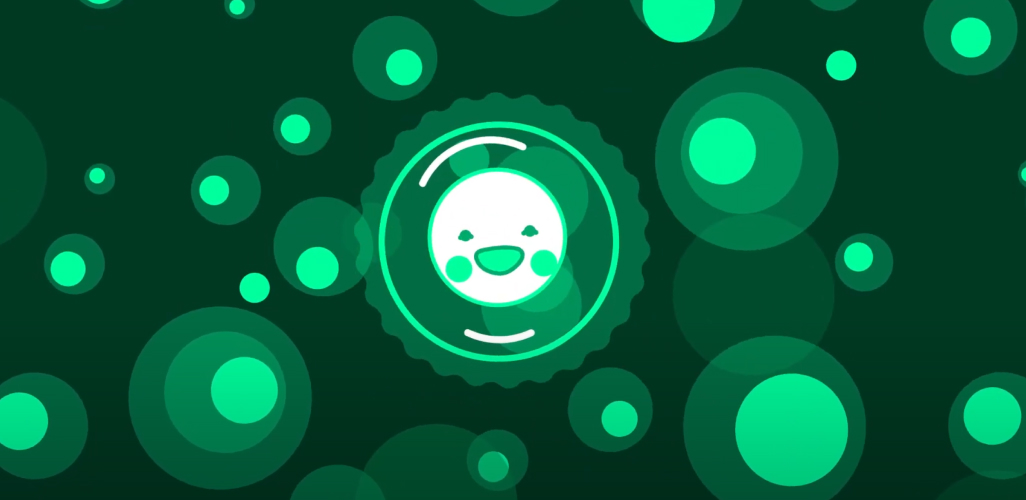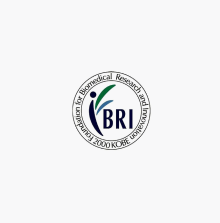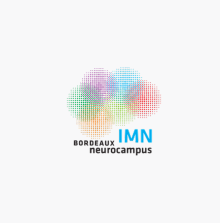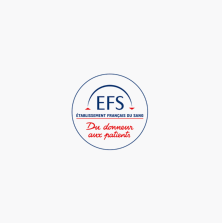But first. What is cell therapy ?
We all started as small handful of cells and through division, differentiation and growth, we became a human body with an estimated 37.2 trillion cells with many different cell types carrying out specific functions.
The body’s cells are amazing. Typically, when a cell gets damaged, attacked or simply grows old, they usually die and other cells are created to take their place.
But sometimes, cells do not get replaced, or damaged cells replicate instead of dying.
Cell Therapy holds immense promise
Cell therapy in its essence, uses the amazing power of cells to replace, repair or regenerate diseased, sick cells and damaged tissues.
In cell therapy, healthy or specially engineered cells are delivered into the body to treat or cure certain types of cancer, genetic disorders and degenerative diseases.
Cell therapy can treat diseases and conditions at a more fundamental level, targeting the root cause at a cellular or tissue level. Cell therapies have the potential to cure a disease, restore function or at the very least, have a much longer-term effect than traditional approaches.
In diseases and conditions where degeneration happens, such as Parkinson’s disease or liver disease, it can promote tissue repair and regeneration.

Checkout a video from Kévin Alessandri on our approach to cell therapy.






